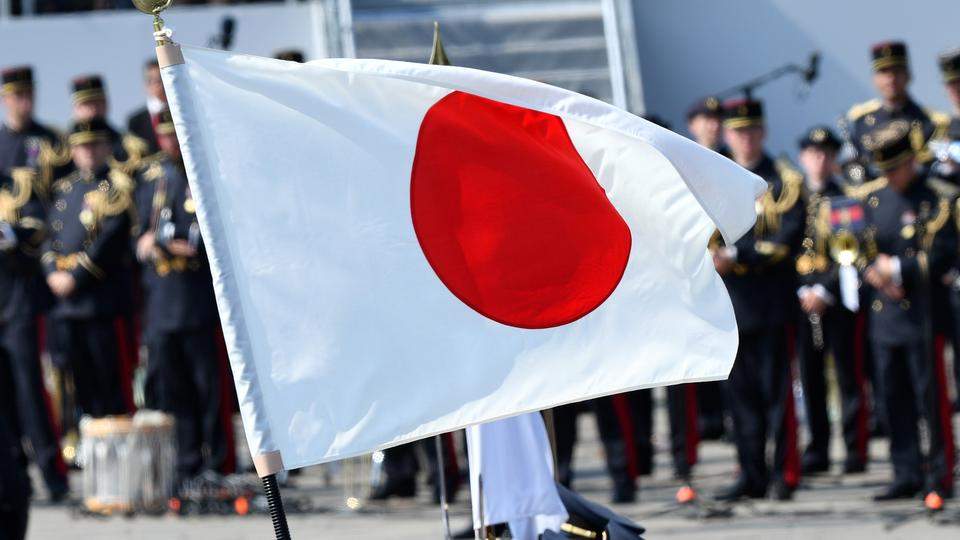A security policy revolution in Japan appears to be underway. Japan has sparked headlines with the release of its new National Security Strategy (NSS), claiming that the country is “abandoning pacifism” and committing to the “largest military buildup since World War II.” This is the first revision to the NSS since 2013. The new version has two major goals: to strengthen Japan’s deterrence capability and to ensure that the Self Defense Forces (SDF) are ready to fight if a conflict arises. This strategy, combined with Kishida’s strong diplomatic demeanour, represents a remarkable turn. It announces the decision to conduct a multi-layered revamp of defence, technological, economic, cyber, space, and intelligence capabilities.Certainly, the release of these strategic documents is a watershed moment, putting Tokyo on a path to significantly increase its defence budget and capabilities, which will have a direct impact on Japan’s Self-Defense Forces and security relationships throughout the Indo-Pacific region.
But, do these new documents truly mark a watershed moment in Japanese security policy? For the past ten years, since Prime Minister Abe Shinzo’s second administration, commentators have spoken of Japan “flexing its military muscles” and “abandoning pacifism.” To be sure, the NSS includes a number of ground-breaking commitments and policies. However, it is better understood as the culmination and formalisation of long-changing processes than as a novel shift in priorities. Nonetheless, Tokyo is being met with a variety of reactions across the Indo-Pacific, motivated by two competing priorities: the historical memory of Japanese atrocities during WWII and the current fear of Chinese military aggression. Tokyo’s willingness to risk such regional backlash demonstrates Japan’s strong defence and security commitments.
Japan’s new defence vision is outlined in three strategic documents: the National Security Strategy, the National Defense Strategy (previously known as the National Defense Program Guidelines), and the Defense Buildup Program (formerly known as the Medium-Term Defense Program). In addition, the documents commit Japan to gradually increasing its defence spending to 2% of GDP, mirroring the NATO target for defence spending. Within that vision would be five-year investments of $7 billion in cyber warfare, $7 billion in space, and $6 billion in “Tempest,” a joint sixth-generation fighter aircraft development programme with the United Kingdom and Italy.
Diplomatically, the documents are blunt, declaring that “Japan is currently facing the most severe and complex security environment since the end of [World War II].” The NSS calls China “the greatest strategic challenge” facing Japan, North Korea “an even graver and more imminent threat to Japan’s national security than ever before,” and Tokyo reiterates its strong opposition to Russia’s invasion of Ukraine. Indeed, few countries face a harsher strategic environment than Japan, which is located near China, North Korea, and Russia and is perceived as a threat or adversary by all three governments. In addition to counterstrike capabilities, the increase in defence spending will allow for investments in cyber warfare, space, and a programme to develop a sixth-generation fighter aircraft with the United Kingdom and Italy, known as “Tempest”. If the increase is fully executed, it would make Japan the third largest defence spender after the US and China. National investment in research and development will have a security related focus and parts of the national innovation budget will also cover technologies that are needed for Japan’s defence for the first time. The NSS also announced plans for a new joint command in the SDF to oversee its three Self-Defense Force units and better coordinate with the US military.
